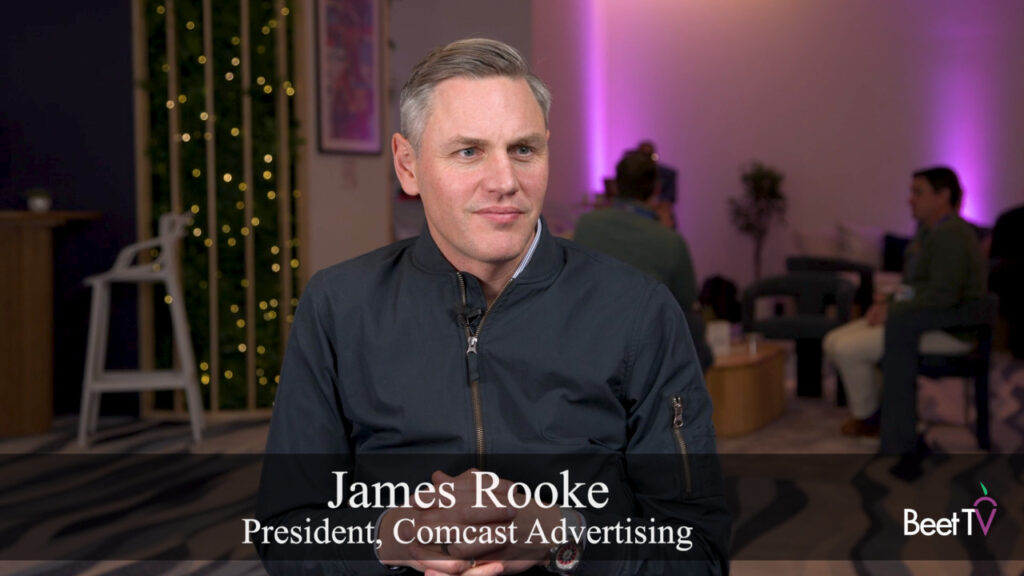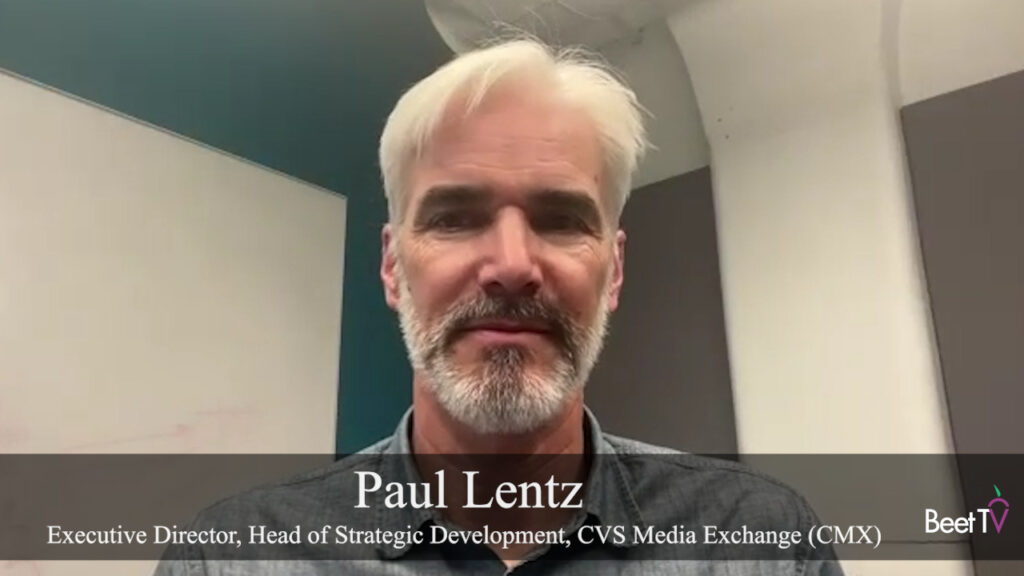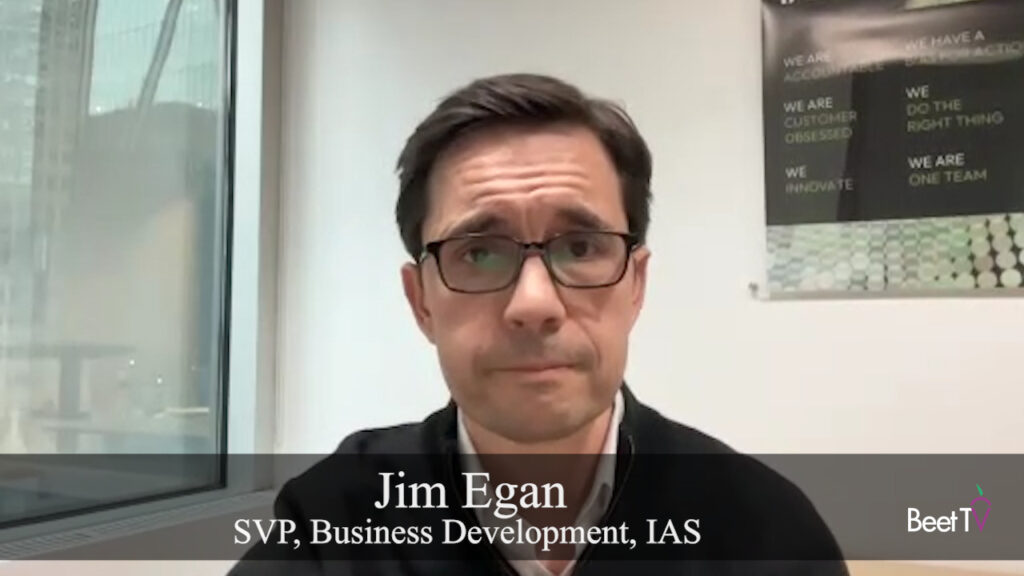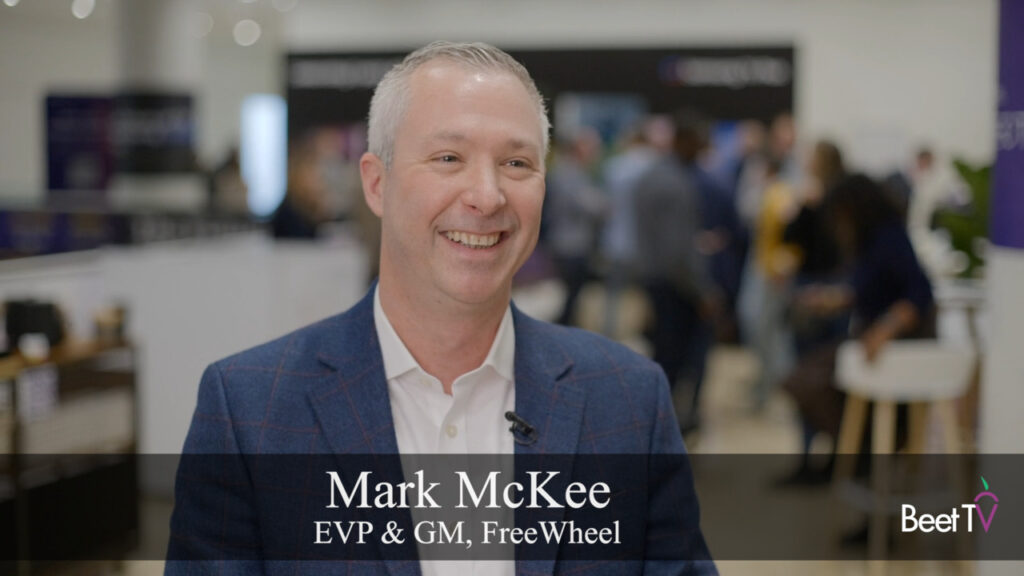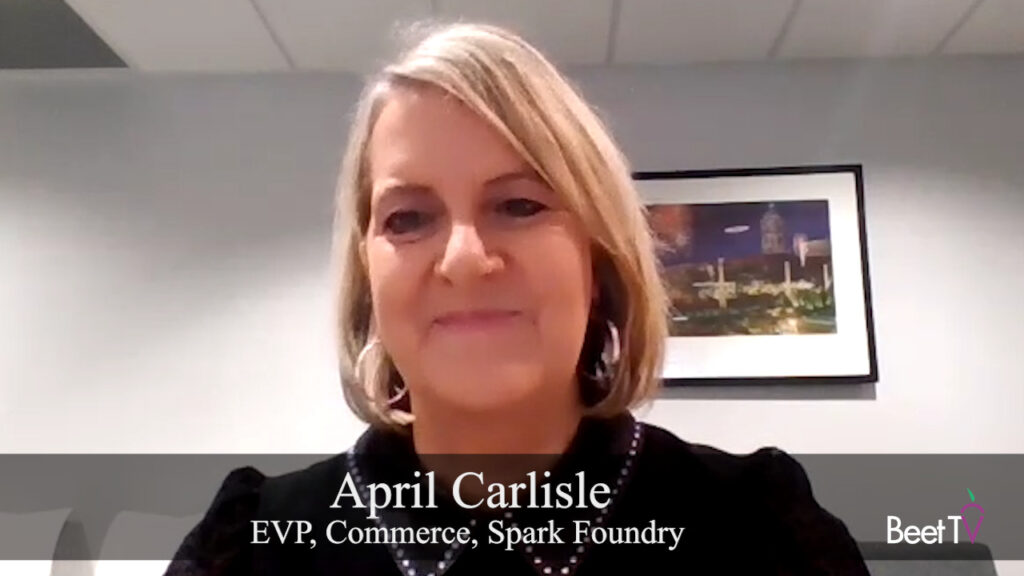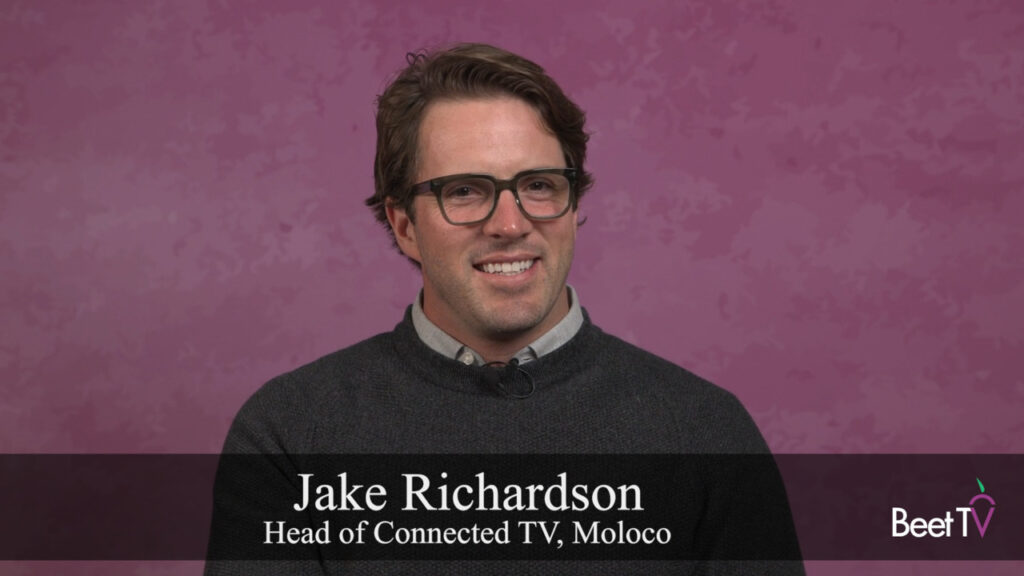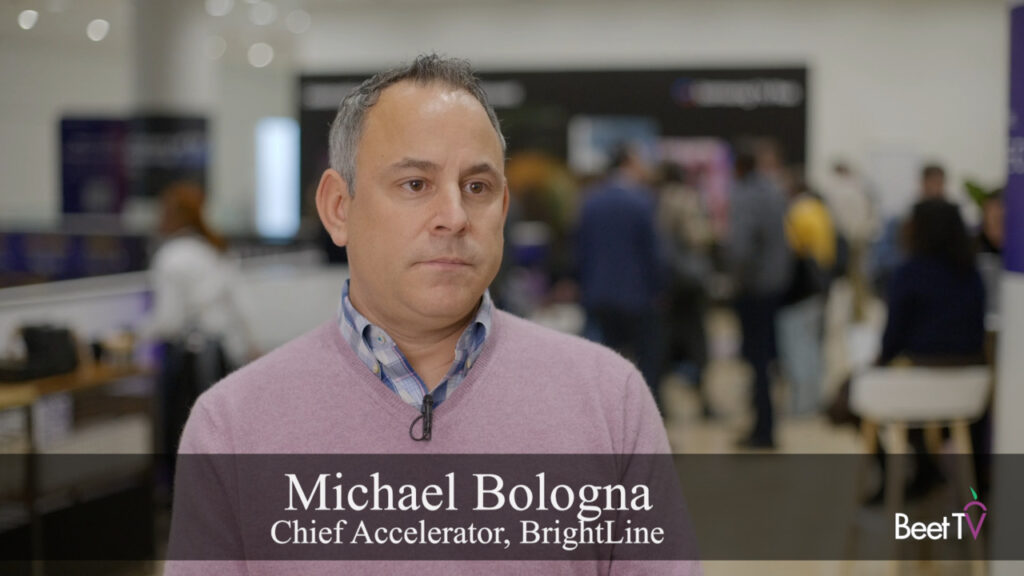
SAN FRANCISCO, CA — For the most part, the advertising model for online video is not working The ecosystem for premium content is going to be a paid-model/subscription model and Cisco is planning to be a big part of this, according to Murali Nemani.
At Cisco, the initiative around the emerging subscription-based Video web is called Medianet.
The movement to this paid model for online video will be accelerated later this month when Comcast introduces "TV Everywhere" — a system which allow cable subscribers to view premium content on their computers.
We spoke with Memani at the NewTeeVee Live event last month.
Andy Plesser, Executive Producer
Video Transcript
Murali Nemani: At the end of the day we're a technology company. But we've introduced this concept of a Medianet, and that's kind of our vision for where we see the media eco-system shifting to. Medianet is really this idea of a core set of technologies that enables the migration to all IP networks. And those "all IP networks" that I as talk about have to be media-aware, network-aware, and device-aware, right? And we think those criticalities (sic) of those three components are very important to applications in the content community so they can enrich their content applications.
So Cisco's role is really to create those foundation technologies which implemented, whether in the content distribution platforms, whether it's in the client devices (the client devices that it gets onto), or the transmission and the back-end systems which can then host those and deliver that experience. So for us, we look at ourselves as the enabler of those technologies.
I think the current model is unsustainable the way it's going. And this is why I think the convergence of paid-TV and online video is so important. Because it's not about…clearly from a consumer experience point of view, there's a unique value of bringing that together. But more importantly, if you look at the challenges of cable network operators, cable networks who are creating all this content, they get 75% of their revenues from carriage fees. So "from carriage fees" meaning from the cable distributors. So they are not incentized (sic) to put more content online because it cannibalizes their current business.
While, at the same time, we're seeing that Hulu is struggling for the right model and YouTube certainly has it's challenges, so we think that the model of bringing this unified video experience with revenue share models established where each provides unique value to each other and brings a unified consumer experience is, at the end of the day, where we think vision of the next generation Medianet starts playing.
Today, you're limited by when you turn on your television you are, in essence, either watching that television in your living room for premium services or paid-TV kind of services. Tomorrow…and that comes from a walled garden kind of a model. What we're essentially seeing is that walled garden breaks down and we're seeing that sources, whether it be Netflix, whether it be redbox, whether it be Disney, start having direct access to that consumer base with content being delivered through rich search and recommendation engines that are delivered using the network based assets–using information about the users' behavior, understanding of what they like and then being able to present that from infinite sources of content. Not just what you have within your walled garden or your VOD Library.
So what we see is that you start bringing these communities of content and application developers, you start bringing that packaged in a…through recommendation, search engines, and client diversity to the consumers and you start creating models where the Netflix and redbox might be interested in doing a revenue-share with the service providers to get high quality of experience, to get access to millions of eyeballs, and yet be able to deliver, and yet be able to do some sort of revenue share.







